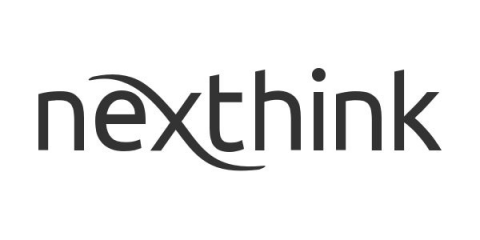Accountable but Not Informed - Bring Clarity to Your Desktop Virtualization Environments
Why is it that when IT has to manage a virtual desktop environment, their job becomes infinitely harder? If you were to poll every major enterprise IT department, there’s always one team (or person) that’s ultimately held accountable for the organization’s Digital Employee Experience.





